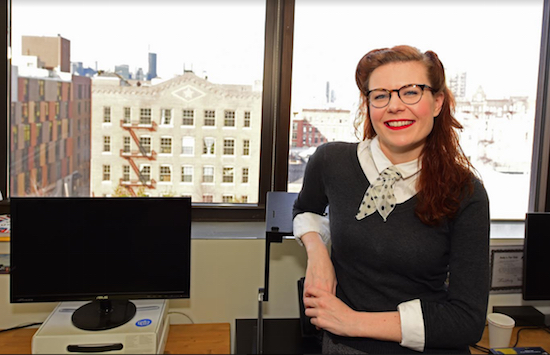Eagle Interview: Atlas Obscura editor, author Ella Morton
Ella Morton: To Explore. To Dream. To Discover.

Associated Editor Ella Morton at the Atlas Obscura offices in Greenpoint. Eagle photos by Andy Katz
Two days before Christmas I conducted the longest, coldest and most physically demanding interview of 2016. Not that I’m complaining; on the contrary: the interview left me both exhausted and exhilarated. Exhausted as after a particularly strenuous workout at the gym and exhilarated as in returning from a fascinating voyage of discovery. Only in this case it was a voyage of discovery to a wastewater treatment plant, roughly five miles from my apartment.
Reader, let me explain:
